Question #daa19
2 Answers
Explanation:
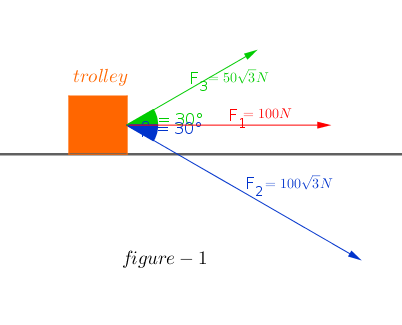
- The forces and their directions are described in figure-1.
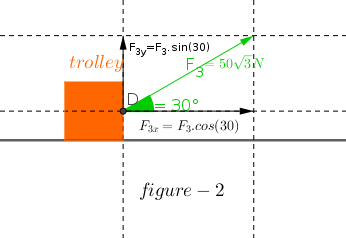
- We can solve the problem in many ways.
- In this solution we used the method of dividing the forces into horizontal and vertical components.
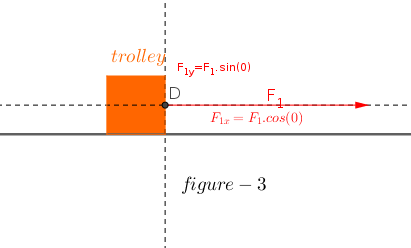
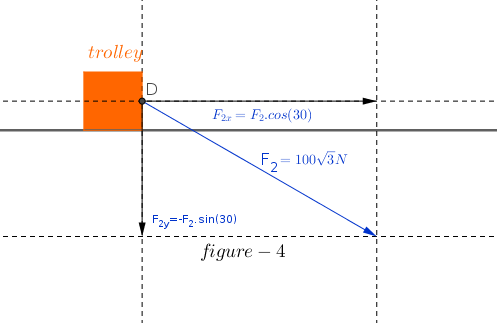
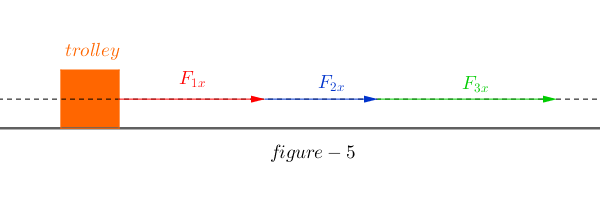
- Figure-5 shows the vector sum of the horizontal components of the forces.
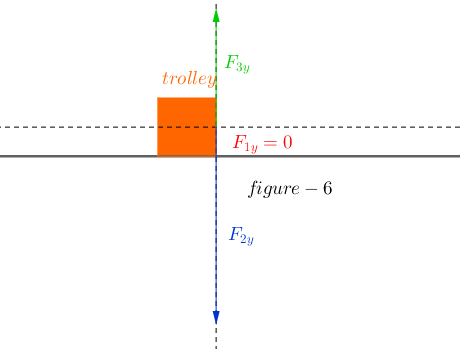
- Figure-6 shows the vector sum of the vertical components of the forces.
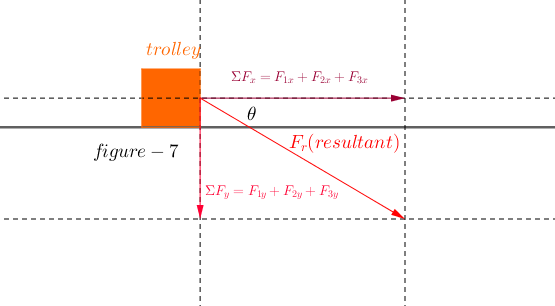
- Figure 7 shows the resultant vector and direction.
- We must specify the angle of the resultant vector.
The resultant force is
Explanation:
Resolving in thedirection parallel to the
Resolving perpendicular to the
The resultant force is
The direction is


